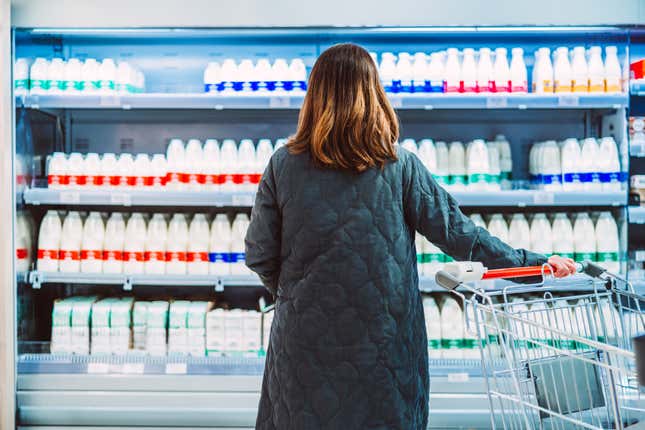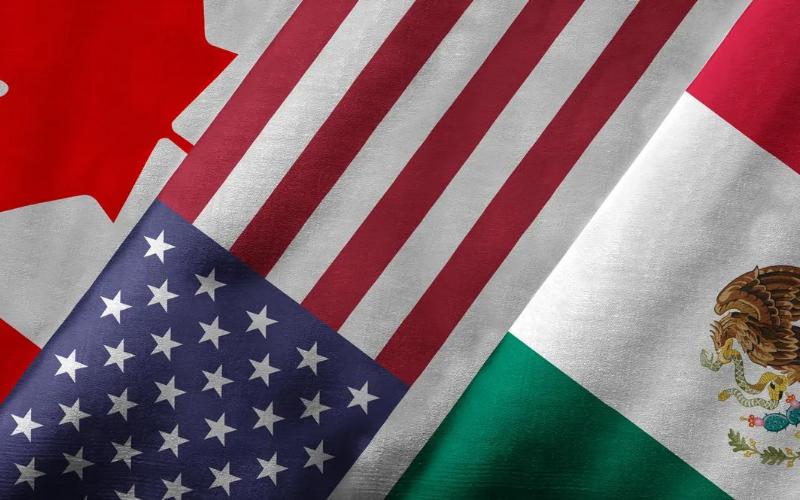Rising Egg Prices Spark Concerns Over Milk as New Challenges Loom

Economic Pressures on Dairy: As consumers face the sting of higher egg prices, attention is swiftly turning towards milk, which may soon follow suit. Experts point to a combination of decreasing milk cow inventories and diminished milk output per cow as significant factors.
Health Concerns and Market Impact: Adding to these woes, six dairy herds in Nevada have tested positive for a new variant of the H5N1 bird flu virus, which poses a threat to human health, according to the Nevada Department of Agriculture. Despite this, experts reassure that milk safety remains uncompromised due to effective pasteurization processes.
Forecasted Price Increases: The USDA has forecasted higher prices for dairy products in 2025, including Class III milk used for cheese, and Class IV milk for butter. Current supermarket prices, with Kroger advertising a gallon of whole milk at $2.79, indicate possible future hikes.
International Trade Dynamics: Amanda Oren, a VP at Relex Solutions, highlights the impact of tariffs and trade wars on U.S. dairy exports, primarily to Canada, Mexico, and China, which may affect milk prices and profitability for farms.
Declining Production Trends: The World Agricultural Supply and Demand Estimates report indicates a looming challenge with slower growth in milk production per cow expected in 2025. Oren attributes the decline to shrinking cow populations driven by factors like rising heifer costs and competition from plant-based alternatives.
Conclusion: Even amidst these challenges, predictions suggest a moderate 1-2% increase in milk prices by 2025, unlikely to heavily impact consumer pricing, unless disrupted by larger economic events.











